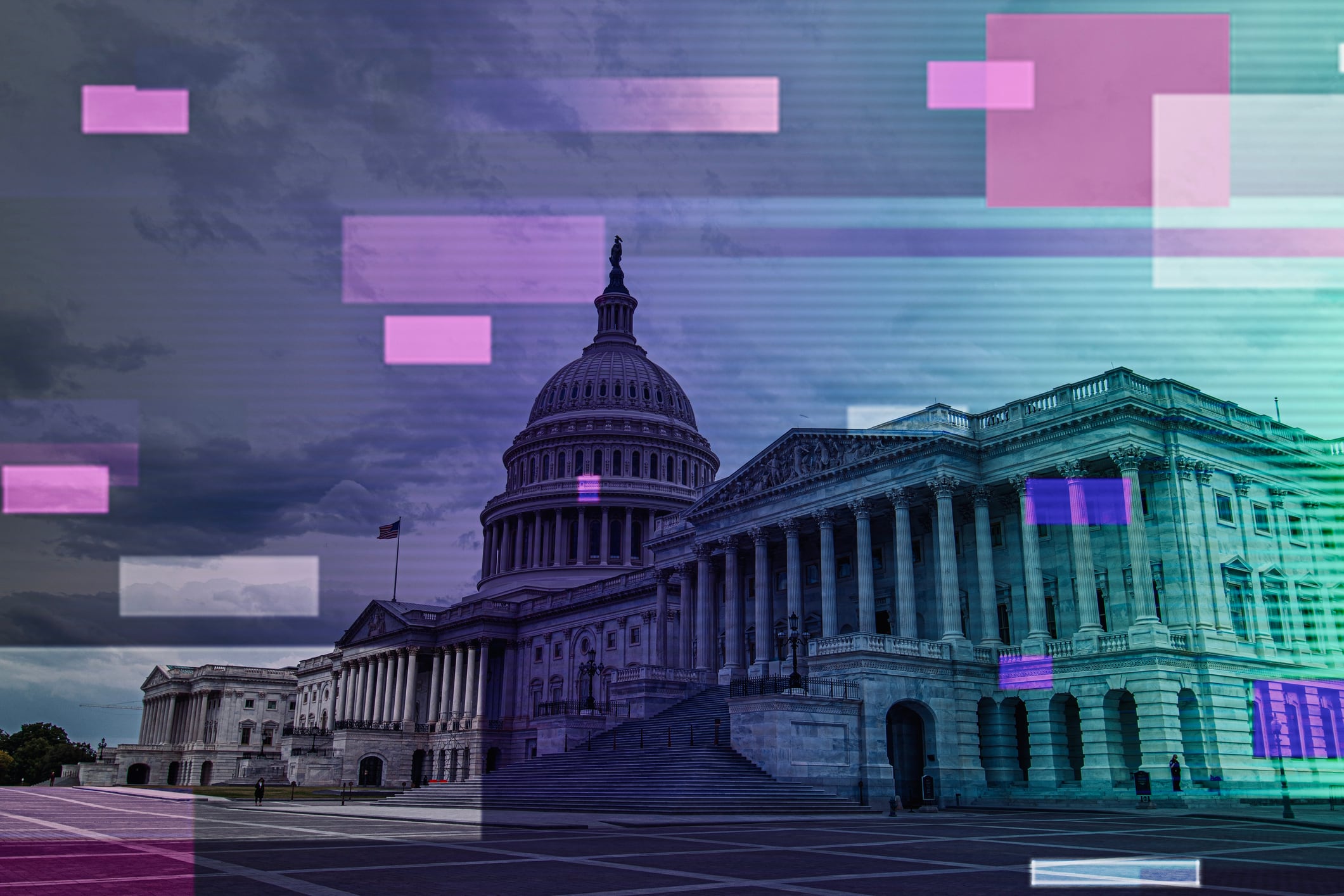As state-level legislation accelerates and diverges, stakeholders are increasingly concerned with how to track and respond to regulatory shifts.
“The regulatory burden on beauty companies today is incredibly significant,” Ronie Schmelz, Partner at K&L Gates and IBA Board Member, told CosmeticsDesign US. “Historically, companies were mostly dealing with federal regulations, but that’s no longer the case...today, there are ever-growing waves of state-level legislation, much of it uncoordinated and reactive, which multiplies the complexity dramatically.”
Schmelz underscored that the proliferation of new laws, often with little uniformity between states, creates a higher risk of noncompliance, particularly for independent and resource-constrained businesses. “It begs to reason that if you’ve got 50 states in addition to federal government, it’s going to be a lot more work to track and comply with relevant regulations,” she added.
IBA launches US Legislative and Regulatory Policy Map
In response to this growing need, IBA recently introduced the US Legislative & Regulatory Policy Map, a digital platform designed to help companies monitor and interpret legislative developments across jurisdictions.
“The US regulatory landscape for cosmetics and personal care products has become increasingly fragmented and fast-moving—especially at the state level,” Meredith Petillo, IBA’s Vice President of Technical & Regulatory Affairs, told CDU, and “IBA developed the US Legislative & Regulatory Policy Map in response to this shift.”
The tool consolidates data on proposed and enacted legislation to provide a visual and interactive experience that simplifies oversight and analysis. According to Petillo, the resource was designed for practical use by companies without dedicated compliance teams to “help brands quickly understand the volume of potential regulatory change that could impact their business, identify and track bills of importance so they can plan for change and mitigate risk.”
Compliance as a legal and strategic priority
Schmelz emphasized that regulatory compliance should not be treated as a passive or reactive function. “Proactive compliance isn’t optional—it’s essential,” she said. “The fact that a company doesn’t know there’s a law out there governing its operations isn’t a defense if they get sued.”
Ingredient bans, labeling requirements, and safety assessments vary state to state, and the consequences of misalignment can go beyond regulatory penalties. “Consumer lawyers are looking for violations in order to bring class actions,” Schmelz explained. “Companies could be exposed to personal injury claims as well.”
She added that while tools like IBA’s Policy Map can aid navigation, companies should still consult legal counsel. “There really is no substitute for consulting a regulatory expert or attorney to ensure you are operating legally and bringing compliant products to market.”
Industry engagement and strategic planning
According to Petillo, the Policy Map is intended not only as a monitoring tool, but as a resource to support upstream planning across departments. “It enables teams—Regulatory, Legal, R&D, Marketing—to make informed decisions upstream, streamlining compliance and reducing the potential costs of being caught unawares down the line.”
IBA has also framed the Policy Map as a component of its broader member engagement strategy. “MoCRA provided a spotlight on the importance of regulatory affairs, and this map aims to keep attention focused on the need for prioritizing attention, interest, and investment in regulatory and compliance personnel and tools by beauty companies of all sizes,” said Petillo.
The tool is currently available for general use but is expected to become a members-only benefit in the future. IBA is also actively soliciting feedback to refine the platform. “The early response has been highly positive,” Petillo said. “We’d welcome further feedback from IBA Members and industry colleagues so we can continue to improve the tool and customize the user experience.”
Call for Industry Advocacy
Looking ahead, Schmelz urged beauty brands to take a more active role in shaping the laws that affect them. “The industry has an opportunity, some might argue a responsibility, to engage with state legislators who are considering enacting laws impacting the industry,” she said. “My biggest piece of advice for companies big and small is to get involved—find out what is going on and engage with your local legislators and regulators, either alone or through organizations like IBA.”





